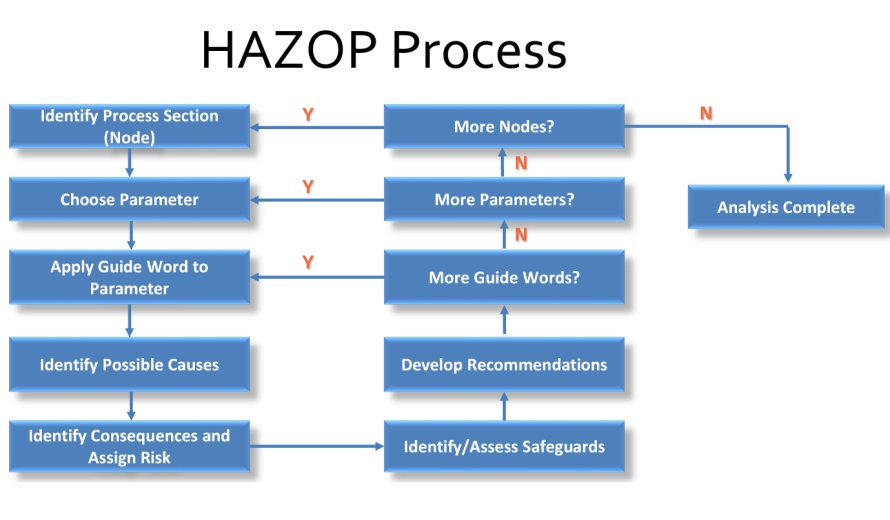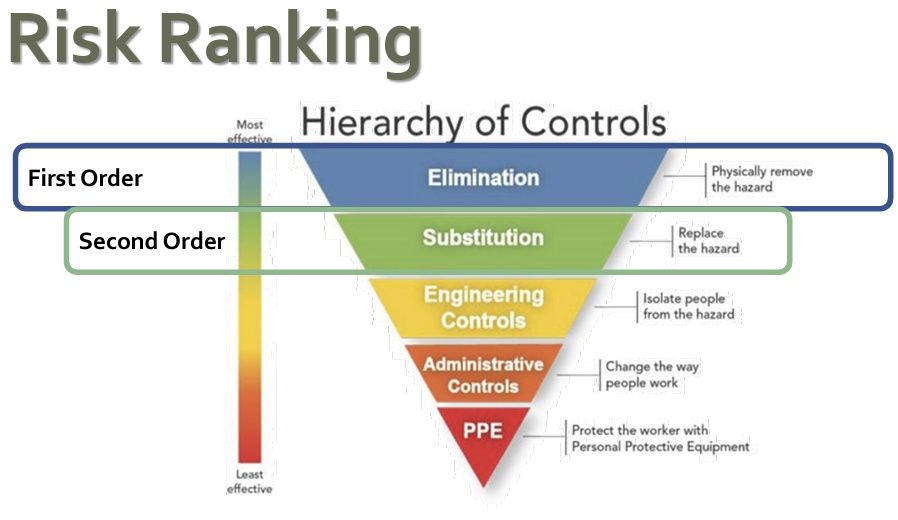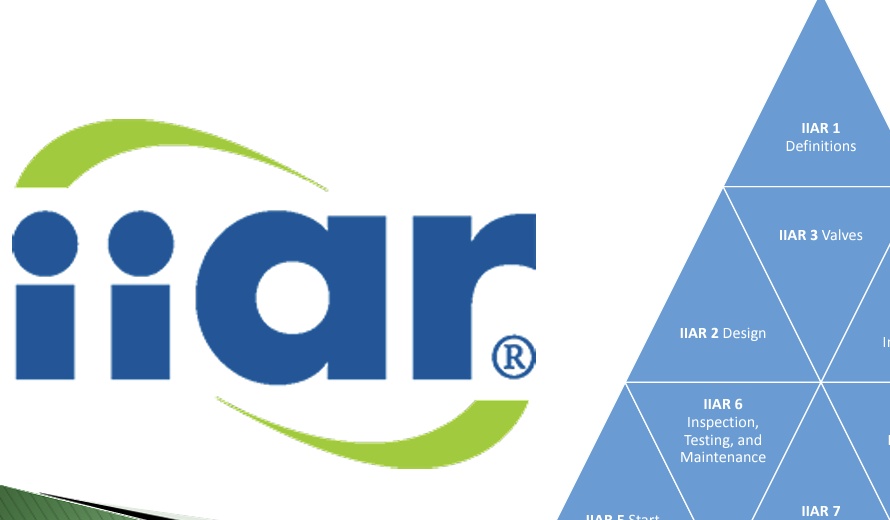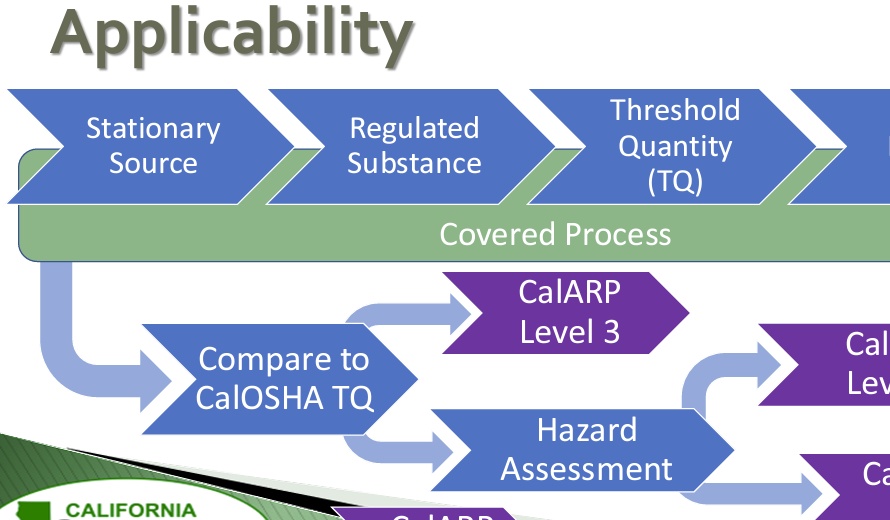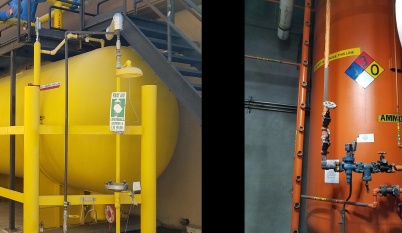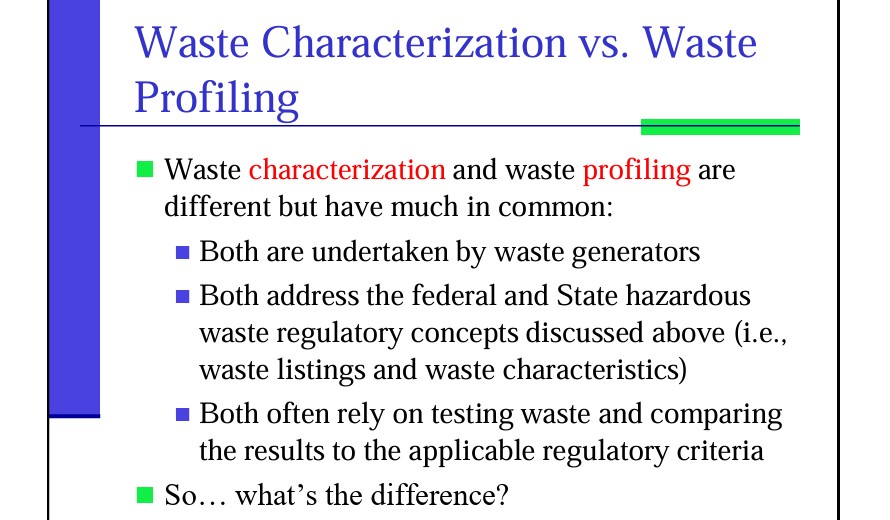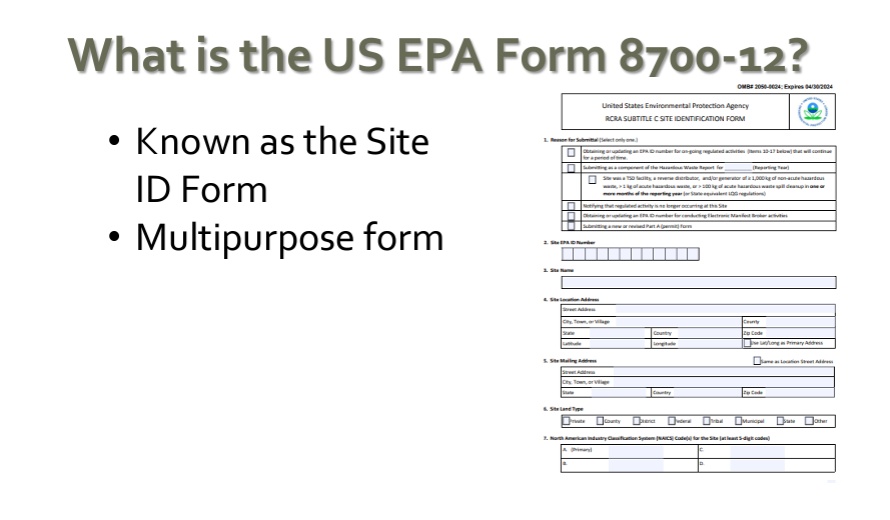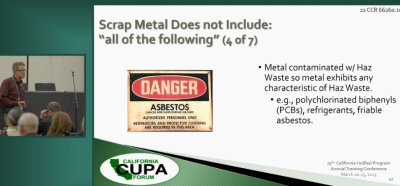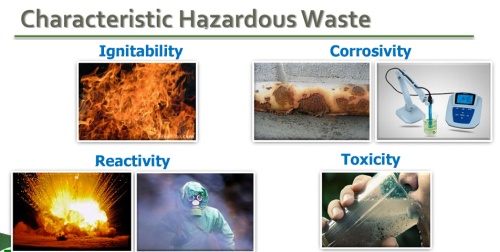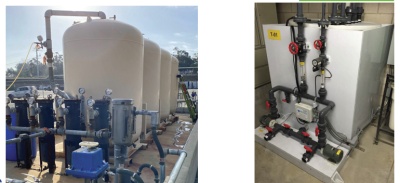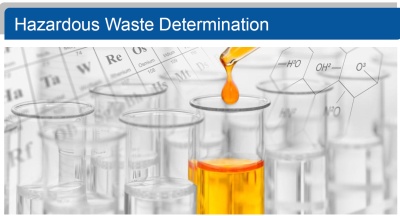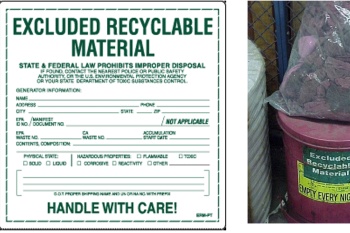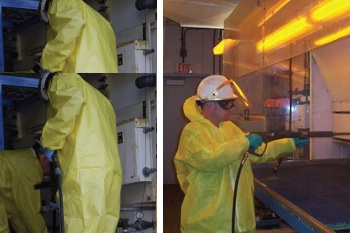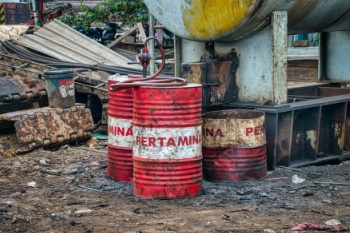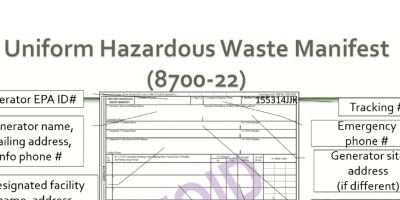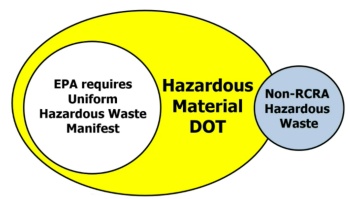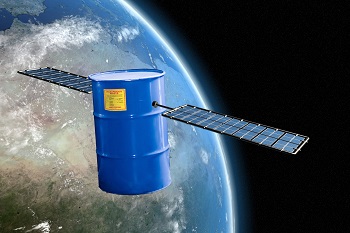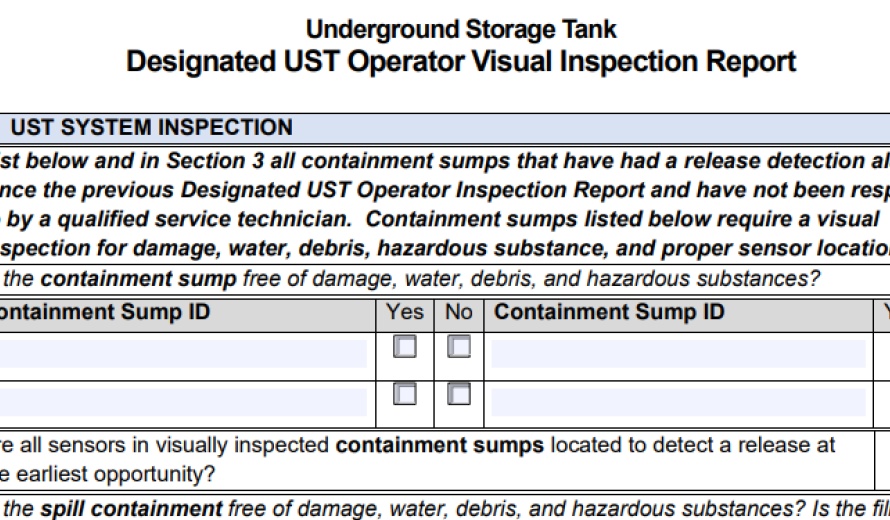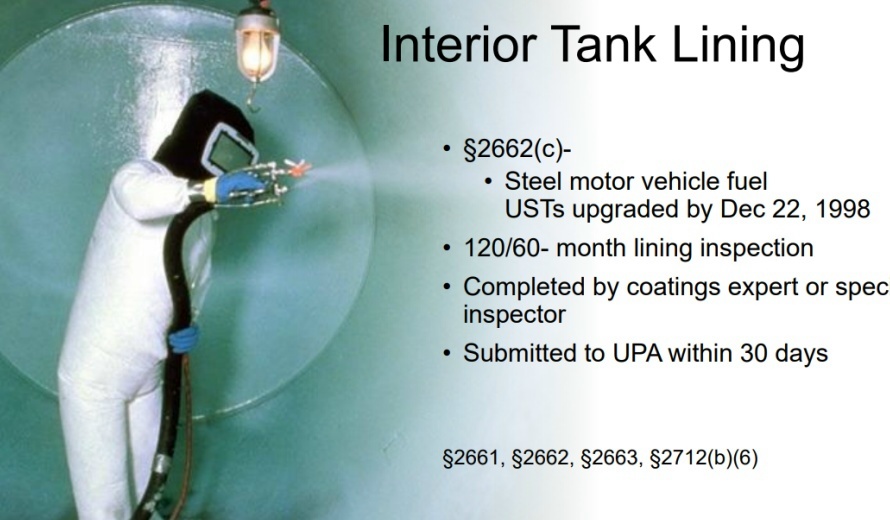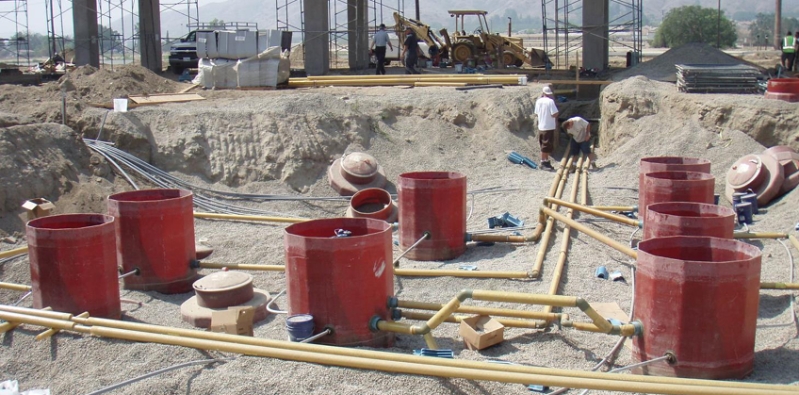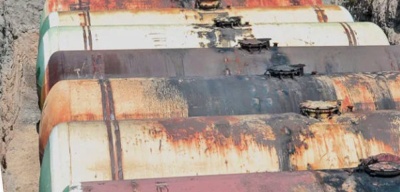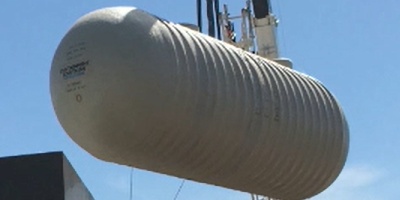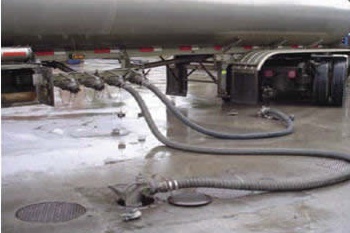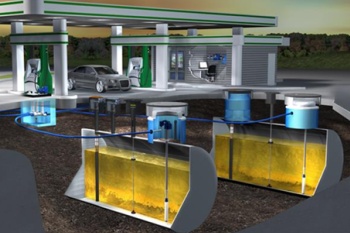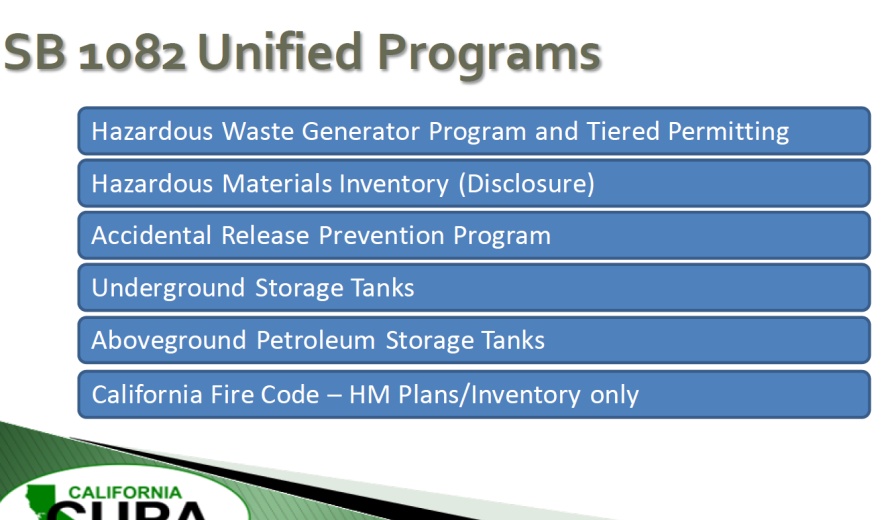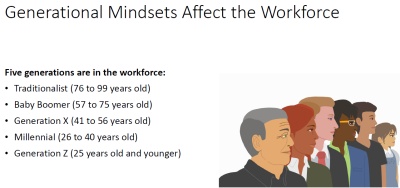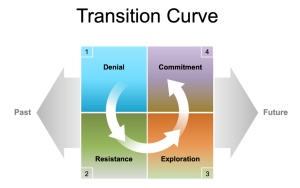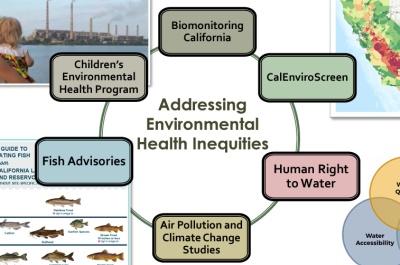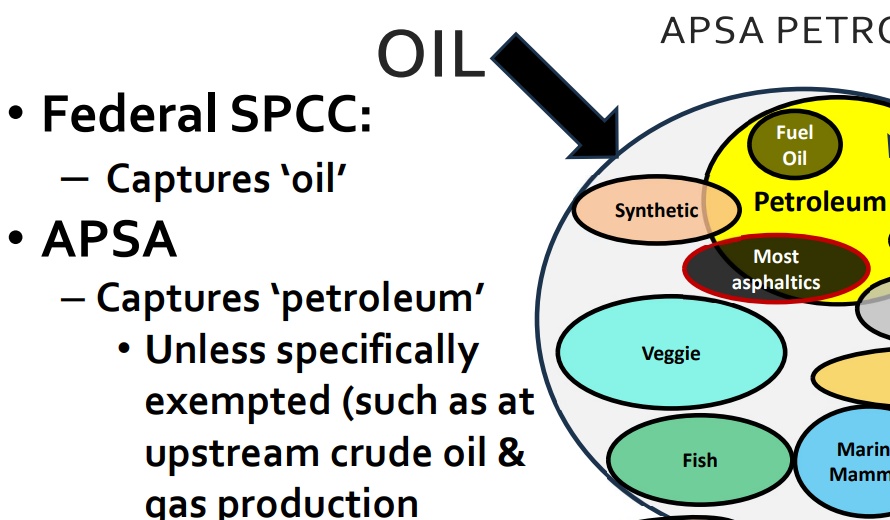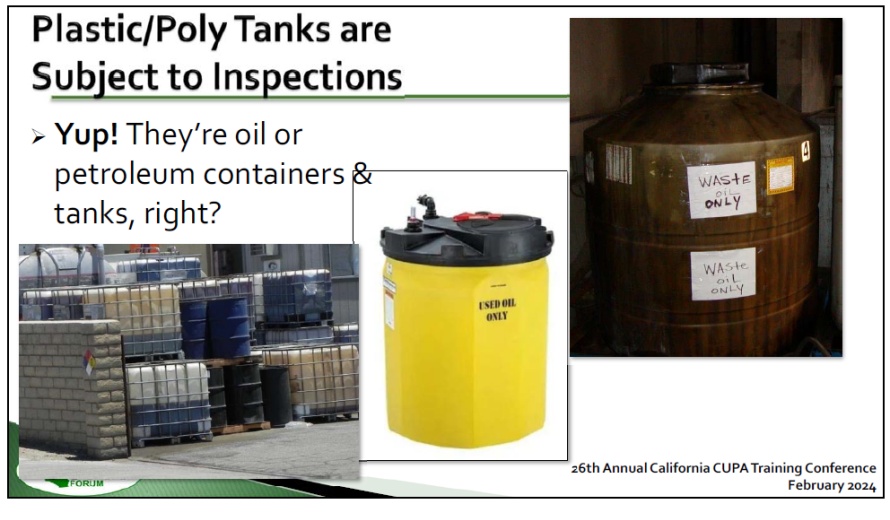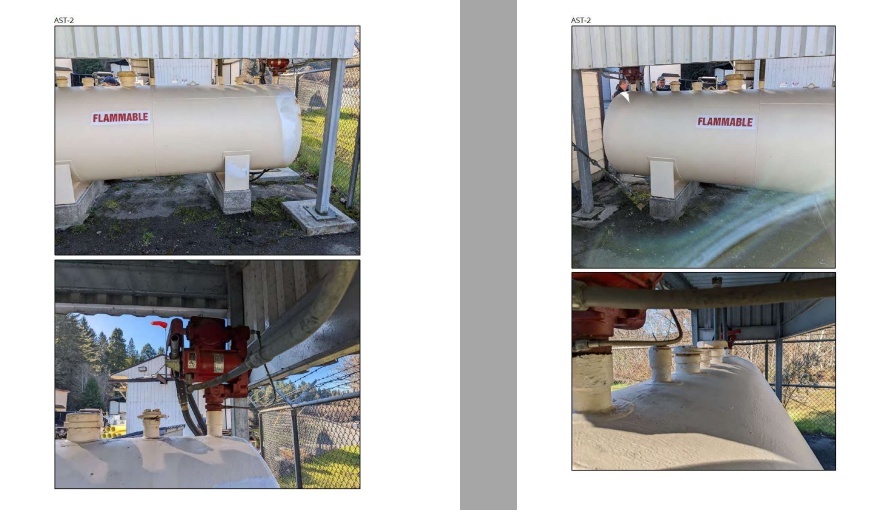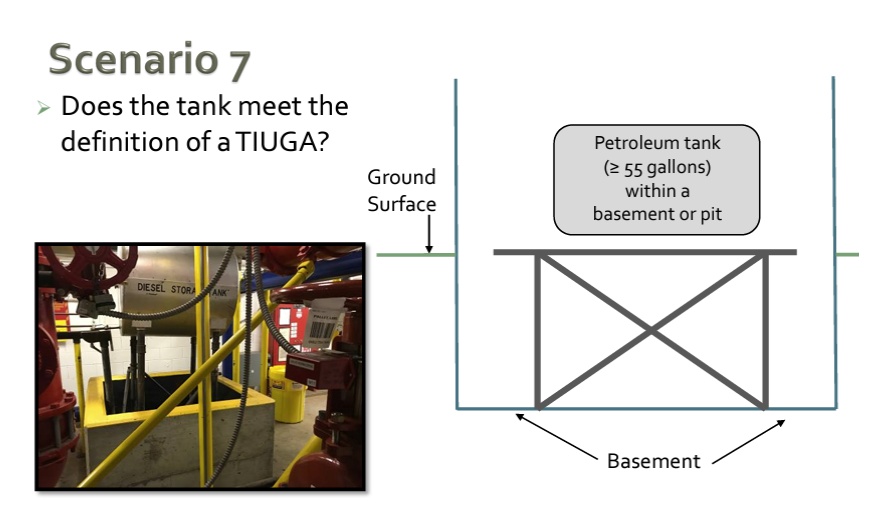LMS Home | About the CUPA LMS | PDF Overview | Presentation of LMS | Plans & Pricing
Welcome to CalCUPA's Learning Management System (LMS) (currently over 70 Courses...)
Who Has Access?
- Until further notice, complimentary access for CUPAs, PAs, CalEPA staff, and DAs.
- 2025 Annual Conference Attendees: Access through December 31, 2025. Register HERE for the 2025 Conference.
- Purchase 1-year Full Access: If you purchase access outside of the annual conference, you will need to pay $795 Gov / $895 Non Gov rate for LMS access for 1 calendar year from the date of purchase. The list of Courses will continue to grow and grow. To purchase this option, visit our LMS Fees page. This includes unlimited access to Courses and the ability to earn ICC/REHS CEUs, with downloadable CEU certificates in your Course History.
- Purchase a Single Course: Anyone can login and purchase access to a single Course for one year by viewing the course information and selecting "Purchase LMS Access".
- Group Rates: If you are a medium or large business and want to have access to this amazing training for your employees, contact us for Group Rates by calling us at the office at 530-676-0815 or send an email to webmaster@calcupa.org.
What’s Inside?
- Courses: Haz Mat and Leadership topics where you can earn REHS and ICC contact hours.
- Course Tracks/Programs: CalARP, Haz Waste, UST, Management/Leadership, Enforcement, APSA, Industry Training, Emergency Response, Technology, HMBP, Demonstrations
- New Content: Additional recorded sessions from the 2025 Annual Conference regularly added over the next several months...View Most Recently Added Courses HERE.
- Mobile Access: Stream courses on your mobile device using the Moodle App.
For any questions or further assistance, please contact our webmaster@calcupa.org.
You are not registered for Annual LMS access
Search by: Session Title, Code, Description or ObjectiveAll Courses (72) CalARP (8) HazWaste (18) UST (12) Admin/Mgt/Leadership (10) Enforcement (1) APSA (12) Industry (1) Emergency Response (4) Technology (1) HMBP (4) Demonstrations (1)
CalARP
2023
Intermediate
2.0
2.0
0.0
CalARP
2023
Basic
2.0
2.0
0.0
HW
2022
Basic
4.0
0.0
0.0
ER
2024
Intermediate
2.0
2.0
0.0
If you have any questions about the CalCUPA LMS, please email our webmaster.


